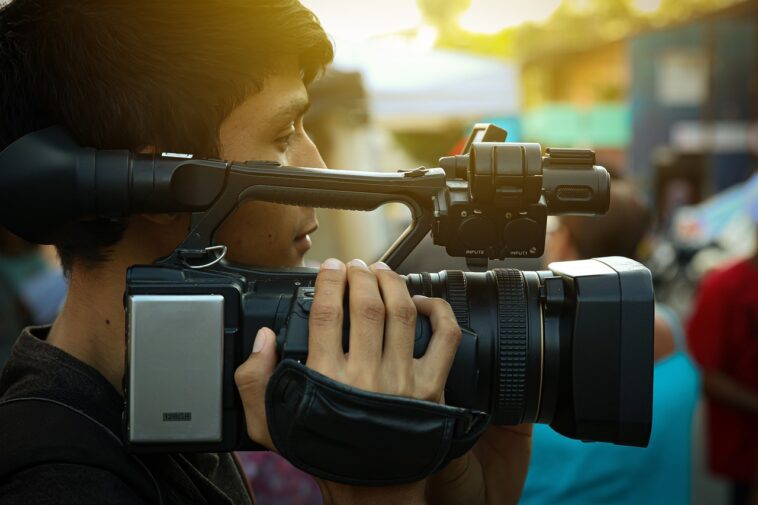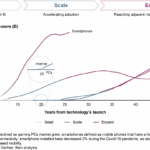The ongoing Hollywood strike, now surpassing 100 days, has brought the Association of Motion Picture and Television Producers (AMPTP) back to the negotiation table with the Writers Guild of America (WGA) and Screen Actors Guild (SAG-AFTRA). This renewed dialogue follows concerns raised by major industry players like Netflix and Disney, as well as insights from a recent Guideline survey that sheds light on evolving advertising trends.
Initially, streaming platforms relied on their existing content libraries to weather the strike. However, the absence of fresh content is beginning to take a toll on both the platforms and the broader streaming landscape. This scarcity of new material could pose challenges for new ad-supported streaming services as they struggle to attract significant advertisers. Companies like Disney and Netflix are grappling with the slow revenue generation from their ad-supported tiers, and the shortage of blockbusters content might further hinder their efforts to draw in major advertisers.
The strike’s impact is noticeable in advertising trends. According to a recent Guideline survey, ad spending on reruns surged to 79% in June, while new content saw a drop to 21%- the lowest since the pandemic, representing a 10% decline from May. This shift underscores advertisers’ limited options due to the ongoing strike.
While increased spending on reruns benefits both streaming platforms and linear TV networks during the strike, an extended period without fresh content could lead advertisers to shift their expenditures to alternative media formats. Although video remains the dominant digital advertising approach, other avenues are displaying potential.
CPMs (cost per 1,000 views) on streaming services significantly surpass other video formats and broader media. The Wall Street Journal reports that Netflix has commanded CPMs ranging from $55 to $65 for its ad-supported tier, nearly five times higher than certain linear TV CPMs which typically range from $10 to $15.
Meanwhile, alternative and more cost-effective formats are garnering increased attention. Retail media, for instance, is among the rapidly growing digital advertising segments, projected to amass spending of $45.15 billion this year and exceed $100 billion by 2027.
As mentioned, both Disney and Netflix introduced ad-supported tiers over the last year. Disney+ launched its plan near the end of 2022, right after Netflix who announced theirs a month prior.







Comments
Loading…